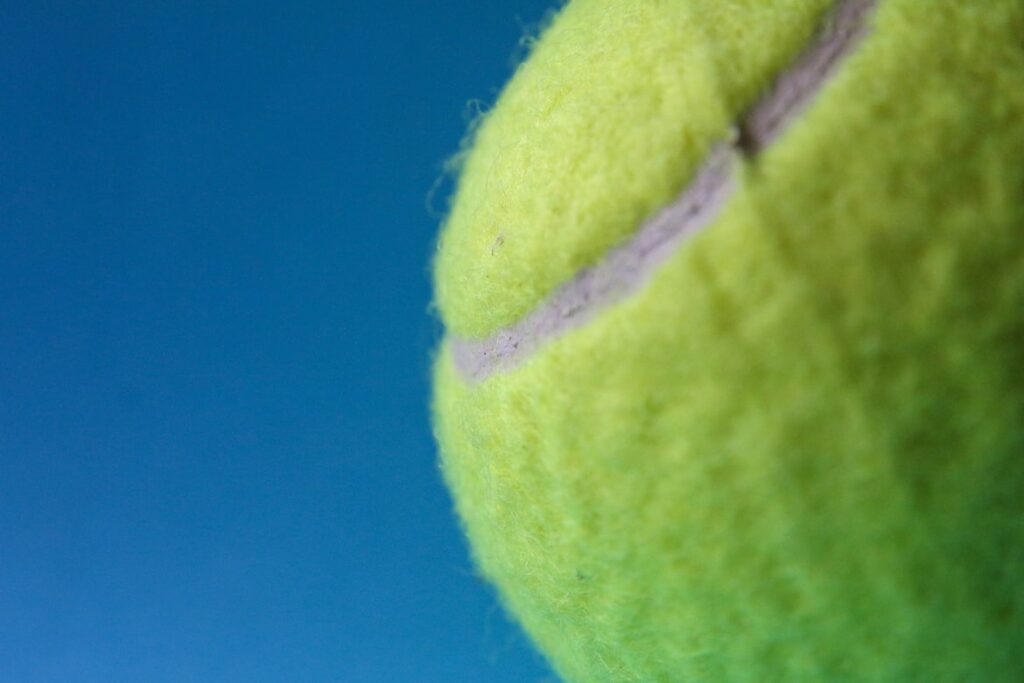The Essentials: A Detailed Overview of Padel Rules and Regulations
2 min read
The Essentials: A Detailed Overview of Padel Rules and Regulations
Are you new to the sport of padel and want to know more about the rules and regulations? Or perhaps you need a refresher on the basics of padel rules? Look no further, as we’ve got you covered! In this article, we will be exploring the essential rules of padel. So sit back, relax and let’s dive into the world of padel!
What is Padel?
Before we get started with the rules, let’s first take a brief look at what padel is. Padel is a racquet sport that originated in Mexico in the 1970s. It is a combination of tennis and squash, played in an enclosed court with glass walls and a smaller-sized tennis net.
The Basics of Padel Rules
1. Scoring: Padel is played in the best of three or five sets, depending on the tournament or competition. Each set consists of six games, and the first player or team to win six games wins the set. The scoring system is similar to tennis: the first point is 15, the second is 30, the third is 40, and the fourth point wins the game. If the game is tied at 40-40, it is called ‘deuce’, and the following point wins the game, so the server’s advantage is gained before winning the point.
2. Serving: Similar to tennis rules, the server alternates sides after each point. The serve must be done underhand, and it must be hit after one bounce.
3. The Walls: The walls of the court, including the glass, are considered in play. This means you can use them to play the ball off of, as long as it lands within the opposing team’s court.
4. The Net: The net should be draped securely over the central posts, and it should be set at a height where it measures 88 cm at the middle of the court. The height is essential to ensure the ball bounces well over the nets.
5. Positions on the Court: Padel is played in doubles, meaning each team comprises two players. Each team must stand on their respective side of the court diagonally opposite to each other. The team that wins the toss decides who will serve.
6. Faults: If the ball is hit out of bounds or before it bounces, it will be considered a fault. If a fault is committed while serving, the opposing team receives a point. If the fault is committed while receiving, the same server gets another chance.
Wrapping Up
And that’s it! The essential rules of padel explained. Of course, there are a few more intricacies to the game, but these basics will get you up and running in no time. Remember, like any sport, practice makes perfect, and the more you play, the easier it becomes to understand and apply these rules. So grab a padel racquet, head to the court, and have some fun playing this fantastic game!






